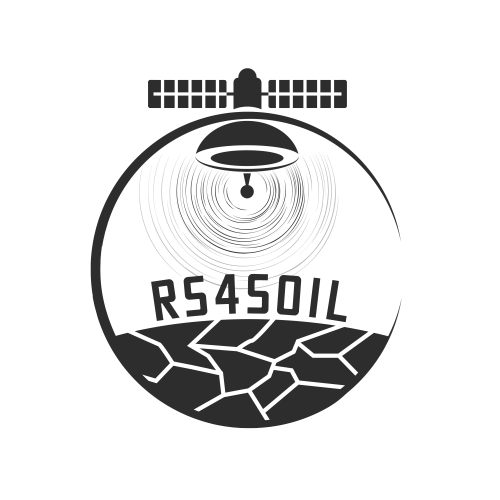The scientific results of the project are:
- Background documentation for land cover/use change detection and soil erosion mapping, modelling and forecasting, in the state of the art of the theme field;
- Geospatial database regarding soil erosion in Romania,consisting in: a) in-situ measurements collected within the field work: soil samples/profiles information, GNSS points, orthophotos; b) spatial data layers and characteristic parameters of the static and dynamic factors controlling soil erosion; c) spatial grid datasets and maps referring to potential soil erosion classes and soil loss rates for different temporal moments, potential soil erosion loss rates changes over time, potential soil erosion variability, potential soil loss rates for future moments;
- Adapted workflow (model) for potential soil erosion modelling in temperate regions from Romania;
- Maps and geospatial datasets of soil erosion spatial locations and intensity classes for the selected test sites, extracted from RS data through data mining techniques and validated with the in-situ measurements;
- Defined methodology (workflow) for RS-based soil erosion mapping in temperate regions;
- Spatial and statistical datasets concerning the relationship between land cover/use change and soil erosion;
Our results significantly contribute to the fundamental research of soil erosion in Romania, from scientific, methodologic and applicative perspectives. They can be replicated to different scales of analysis and different temporal moments, but in the same time, they could be instruments for decision-making at local and regional level, for planning purposes in searching for sustainable soil-use solutions, but also for land management and soil conservation purposes.
The novelty and originality elements brought by the results of this project, which also represent its most significant outcomes, consist of the following:
- Analysis and identification of areas susceptible to erosion and potential soil loss rates in a dynamic manner:
This involves assessments at various points in time—historical erosion (in the past), the current situation (present), and future scenarios. These scenarios are based on potential changes in vegetation cover or land management practices, as well as predictions spanning 10 or 20 years, derived from trends observed over the past 35–40 years. Scenario-based analyses highlight the impact of implementing land management measures, policies, or practices on surface erosion processes influenced by water. This study was published in the European Journal of Soil Science (WOS Q1) and serves as a valuable tool for local and regional planning, enabling sustainable decision-making regarding soil and land resource management. Beyond its practical significance, the analysis has notable methodological value, as it can be replicated across different scales of analysis (local, county, regional, national). - Integration of remote sensing data in time series for high-accuracy mapping of the land cover factor, the most dynamic factor in soil erosion, as well as the main source of uncertainties in soil erosion modelling.
This research addresses the challenges posed by the land cover factor, which introduces the most uncertainties in modelling potential soil erosion due to its high spatial and temporal variability. It also varies across climatic regions and depends on specific local vegetation cover or land use conditions. In this regard, a comparative analysis of several methods was conducted using Sentinel-2 MSI remote sensing images in time series to map the C factor of the RUSLE equation with high accuracy. The resulting values are specific to the temperate conditions in Romania. This outcome has significant practical importance for accurately modelling and mapping soil erosion under the specific conditions of Romania’s temperate regions. It also holds a high degree of originality, being a first in Romania. Until now, potential soil loss models in Romania have either relied on empirical values assigned to land cover classes based on international literature (despite variations in the cover factor depending on climatic regions and local conditions) or on NDVI indices derived from a single satellite image captured at a specific moment in time (which does not represent monthly, seasonal, or annual variations and only illustrates a single temporal situation).
